   |
Reptiles (National Museum of Natural Science)
There are 28 species of geckos, snakes and lizards unique to Taiwan, amounting to one-third of all native species, and holding significant evolutional and ecological importance; however, due to the destruction of ther habitats, reptiles can no longer... |
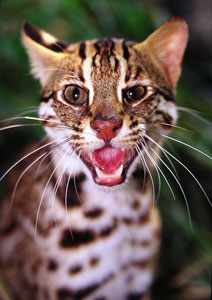   |
Large animals (National Museum of Natural Science)
Specimens of birds and beasts in the collection of the Museum of Natural Science include mainly stick-shaped fur study specimens, loose bone study specimens, and soaked specimens preserved in ethyl alcohol. Collection of specimens focuses on wildlife... |
   |
Amphibians (National Museum of Natural Science)
Amphibians are the only vertebrates with a two-staged lifestyle. They have a special relationship with other animals in between land and water, and play an important part in the ecosystem. They are mostly small in size and nocturnal. Of the known nat... |
   |
Birds (National Museum of Natural History)
This project aims to establish a database of local bird specimens, and become a stronghold of avian studies in Taiwan. Current specimens span 18 orders, 70 families and 369 species, with a total of approximately 5,000 specimens; the systematic collec... |
  |
Whales and dolphins (National Museum of Natural Science)
The survey and study of whales and dolphins in Taiwan only began in 1990; with the advent of marine surveys and whale watching, visual and academical information of wild whales and dolphins in regional waters has also accumulated. The Museum of Natur... |
   |
Fishes (National Museum of Natural Science)
Starting from 2003, the Museum of Natural Science has systematically collected fish specimens. Current goals focus on Taiwan-specific freshwater fish. Collaboration with other academic organizations is also under way, improving the speed and variety ... |
   |
Insects (National Museum of Natural Science)
The current goal of the insect department is the collection of insect and mite specimens of Taiwan, aiming to expand to those from the Asian Pacific region and the entire world. The orders Lepidoptera and Homoptera are the main focus, with specimens ... |
  |
Echinodermata(National Museum of Natural Science)
Echinoderms are a group of large invertebrate animals that live completely in the sea. They are distributed from the intertidal zone to several thousand meters deep in the ocean. However, people come into contact with echinoderms most commonly on din... |
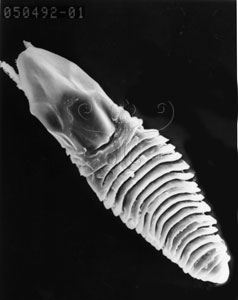   |
Eriophyoidea (National Museum of Natural Science)
Insects of the Eriophyoidea superfamily are mites smaller than the naked eye can see, around 0.1~0.3 mm in size and worm shaped. Currently the Museum of Natural Science has in its collection around 7,000 Eriophyoidea slide specimens, including more t... |
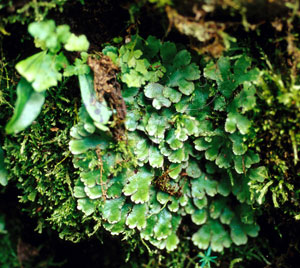  |
Moss (National Museum of Natural Science)
Moss, to the average person, is a common yet alien group of plants. Compared with flowering seed plants and non-flowering ferns, the composition of bryophytes is relatively primitive and simple, without vascular transmission tissues. Transmitting fun... |
   |
Fungi (National Museum of Natural Science)
Fungi are the second largest biological group after insects. Not only is there a large number of fungi types, their distribution is very widespread on the planet, and can be found in the air, on land, below the ground, in water, and on or inside othe... |
   |
Fungus type specimens (National Museum of Natural Science)
There are over 15,000 fungus specimens in the collection of the Museum of Natural Science, making it the largest collection of fungus specimens in Taiwan. The Museum houses 70 type specimens of fungi, and has also included data of type specimens in o... |
   |
Lichens (National Museum of Natural Science)
Life exists everywhere, in all corners of nature. Even on the rocks or branches of the cold mountain plains, yellow, gray, white, brown or orange patches, and hanging or crawling stem-like and leaf-like forms can be seen. These are all complicated li... |
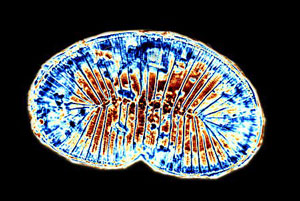   |
Diatoms (National Museum of Natural Science)
Digitized specimens and the introduction of diatom knowledge are both included here. Two main focuses are provided in the introduction: (1) the summary of diatom habitats and of frustule forms; (2) frustule types. Our specimens can be divided into tw... |
  |
Fossils of Cengjiang Biota (National Museum of Natural Science)
The Chengjiang biota was first discovered in the yellow-green shales in Maotienshan in Chengjiang County, Yunnan Province. In recent years, however, abundant Chengjiang biota fossils were also found in the siltstone layer above the shales, their know... |
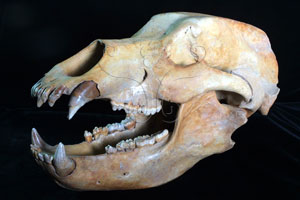   |
Vertebrate Fossils (National Museum of Natural History)
There are currently 4,500 fossils of vertebrates in the collection of the Museum of Natural History, collected from Taiwan, China and other places around the world. Specimens date from the Paleozoic, Mesozoic and Cenozoic eras, and include classes Ch... |
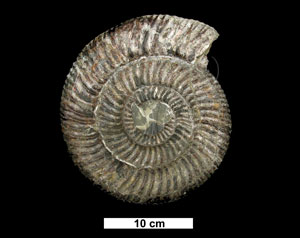   |
Invertebrates fossils (National Museum of Natural Science)
Invertebrate fossils are the most common fossils in Taiwan. The National Museum of Natural Science has budgeted for increasing its specimen collection every year since its founding. The bulk of the museum specimens are fossils from the Cenozoic layer... |
  |
Microfossils (National Museum of Natural Science)
Nannofossils refer to small fossils that need to be observed and studied through a microscope. Due to wide distribution, large quantity and short lifespan, some nannofossils can be used as index fossils, and are very helpful for comparing geological... |
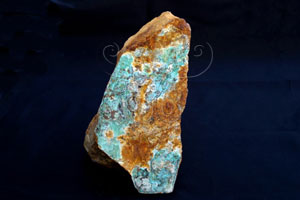   |
Minerals (National Museum of Natural Science)
Mineral specimens form an important part of the geology collection of the Museum of Natural Science; specimens include more than a thousand items from around 200 types of minerals. A large variety of regional minerals are represented, as are many pre... |
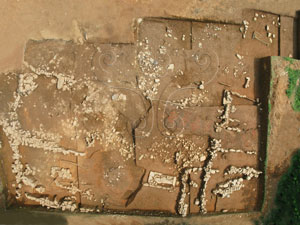  |
Archaeological collections from central Taiwan (National Museum of Natural History)
Scholars of prehistoric Taiwan have devided archaeological culture of the west coast into north, central and south. Of these divisions, archaeological collections from central Taiwan include the prehistoric Dapenkeng, Niumatou, Yingpu, Damalin, Fantz... |